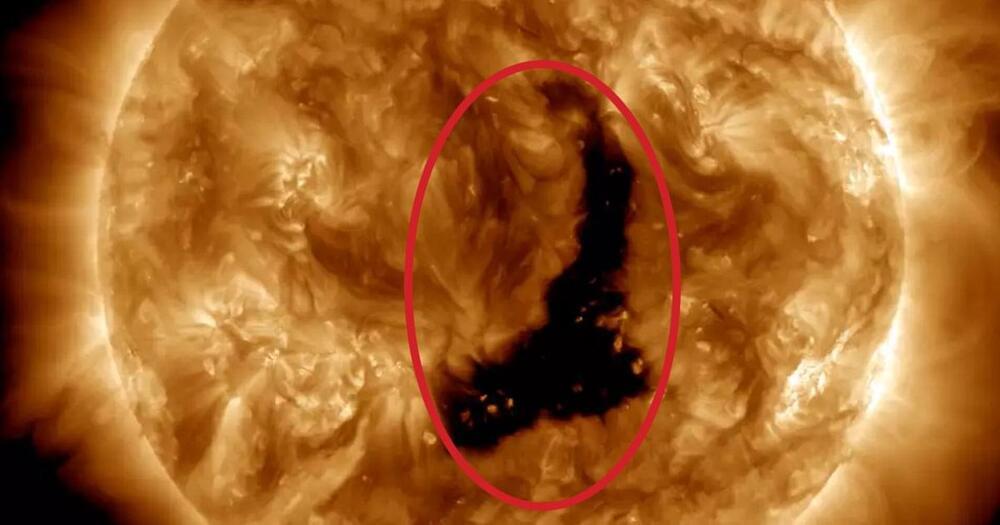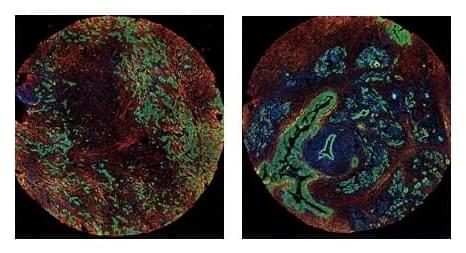I like the chapter “would you want to be”.
Explore your DNA with ADNTRO! Use the code TODAY to get a 10% discount on the DNA kit: https://bit.ly/3GbE3sg or use the code TODAYRAW to get a 10% discount on your full DNA report: https://bit.ly/3sDuZJM
Ah, immortality, previously only for the gods and individuals with a fetish for chopping each other’s heads off. In more modern times, science is coming closer and closer to both identifying the tapestry of things that cause humans to grow old, and slowly but surely taking the first steps into finding ways to delay and even reverse this process for fun and profit. So, just what causes individuals of the human persuasion to grow old and die, who was the oldest confirmed human, are there any living things that are biologically immortal, and if there was an option to become biologically immortal, would you take it?
0:00 Intro.
3:42 The Oldest Human.
4:50 The Lobster.
9:01 It’s Not the Years Honey, It’s the Mileage.
13:32 Would You Want to Be Biologically Immortal?
17:24 The Senescent Cell Problem.
20:46 A Myriad of Other Factors.
26:04 The Biologically Immortal Creatures.
Author: Daven Hiskey.








